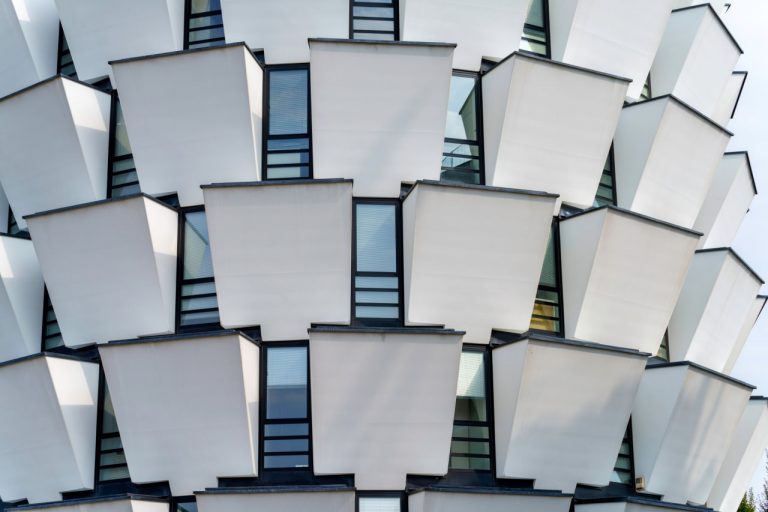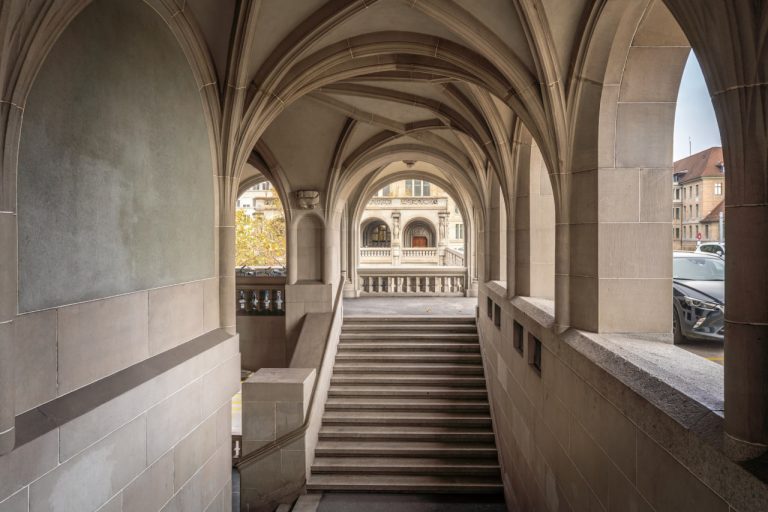The 20th century brought a seismic shift in architectural design, driven by rapid technological advances, social changes, and new philosophies about art and function. Modernism in architecture broke away from traditional styles and historicism, embracing simplicity, innovation, and a focus on the needs of modern life. This movement transformed skylines around the world and laid the foundation for contemporary architecture as we know it today. In this blog, we will explore how modernism emerged, its defining characteristics, and its lasting impact on building design.
The Roots of Modernism: A Reaction to Tradition
Modernism grew out of a desire to reject the ornamental excess and historic revival styles that dominated the 19th century. The Industrial Revolution had introduced new materials like steel, glass, and reinforced concrete, offering unprecedented possibilities for construction. Architects and designers sought to express the spirit of the age by creating buildings that reflected modern technology, function, and simplicity.
Movements such as the Arts and Crafts, De Stijl, and the Bauhaus school played key roles in shaping early modernist thought. These movements emphasized the integration of art, craft, and industry, advocating for clean lines, geometric forms, and the honest use of materials.
Key Principles of Modernist Architecture
Modernist architecture is defined by several core principles that challenged traditional aesthetics and construction methods.
Form Follows Function
Coined by architect Louis Sullivan, this phrase captures a fundamental modernist idea: the shape of a building should primarily relate to its intended function. Ornamentation was minimized or eliminated, allowing the building’s purpose to guide its design.
Use of New Materials and Technologies
Modernism embraced steel frames, reinforced concrete, and expansive glass panels to create open, flexible spaces. These materials allowed for taller buildings with thinner walls and more natural light, fundamentally changing architectural possibilities.
Minimalism and Clean Lines
Modernist buildings often feature simple geometric shapes, flat roofs, and unadorned surfaces. The focus was on clarity and purity of form rather than decoration.
Open Floor Plans
Traditional compartmentalized spaces gave way to open interiors, reflecting changing lifestyles and encouraging multifunctional use.
Integration with the Environment
Many modernist architects designed buildings to harmonize with their surroundings, using large windows and open plans to blur the boundaries between indoors and outdoors.
Pioneers of Modernist Architecture
Several architects became pioneers of modernism, shaping its development and leaving an indelible mark on architectural history.
Le Corbusier
A Swiss-French architect, Le Corbusier was one of the most influential figures in modernism. His “Five Points of Architecture”—pilotis (columns), flat roofs, open floor plans, horizontal windows, and free façades—became a blueprint for modernist design. His works, such as the Villa Savoye and the Unité d’Habitation, exemplify functionalism and simplicity.
Ludwig Mies van der Rohe
Known for his motto “less is more,” Mies van der Rohe emphasized minimalism and structural clarity. His iconic designs, including the Barcelona Pavilion and the Seagram Building, feature steel and glass, demonstrating elegance through restraint.
Walter Gropius
Founder of the Bauhaus school, Gropius integrated art, technology, and craftsmanship into architecture. The Bauhaus building in Dessau is a landmark of modernist architecture and educational philosophy.
Frank Lloyd Wright
Although not strictly a modernist, Wright influenced the movement with his organic architecture, emphasizing harmony between human habitation and nature. His Fallingwater house is a masterpiece blending modern design with natural surroundings.
Modernism’s Impact on Urban Landscapes
The principles of modernism extended beyond individual buildings to urban planning and housing solutions. Post-World War II reconstruction saw the rise of modernist high-rise apartment blocks, designed to address housing shortages efficiently.
Modernist architecture also gave rise to new building types such as office skyscrapers, cultural centers, and museums, reflecting the evolving needs of industrialized societies.
Criticism and Legacy
While modernism revolutionized architecture, it also faced criticism. Some argued that its minimalist approach led to cold, impersonal environments lacking cultural context. The large-scale modernist housing projects sometimes suffered from poor social outcomes and maintenance issues.
Despite these critiques, modernism’s influence remains profound. The movement paved the way for contemporary architectural styles such as minimalism, high-tech architecture, and sustainable design. Its emphasis on function, materials, and new technologies continues to inspire architects today.




